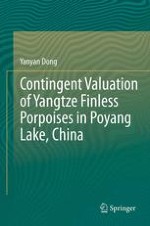2013 | OriginalPaper | Buchkapitel
6. Discussion
verfasst von : Yanyan Dong
Erschienen in: Contingent Valuation of Yangtze Finless Porpoises in Poyang Lake, China
Verlag: Springer Netherlands
Aktivieren Sie unsere intelligente Suche, um passende Fachinhalte oder Patente zu finden.
Wählen Sie Textabschnitte aus um mit Künstlicher Intelligenz passenden Patente zu finden. powered by
Markieren Sie Textabschnitte, um KI-gestützt weitere passende Inhalte zu finden. powered by
